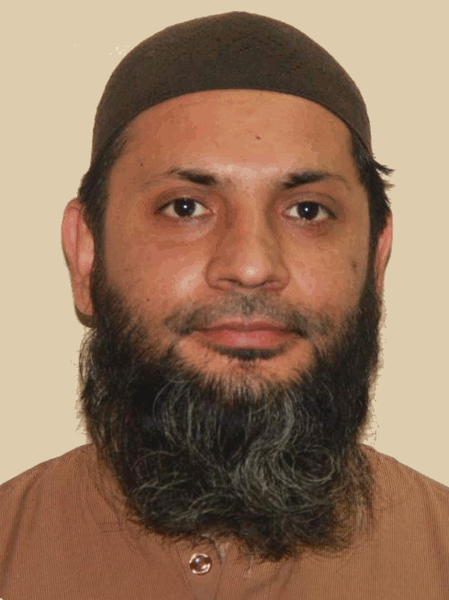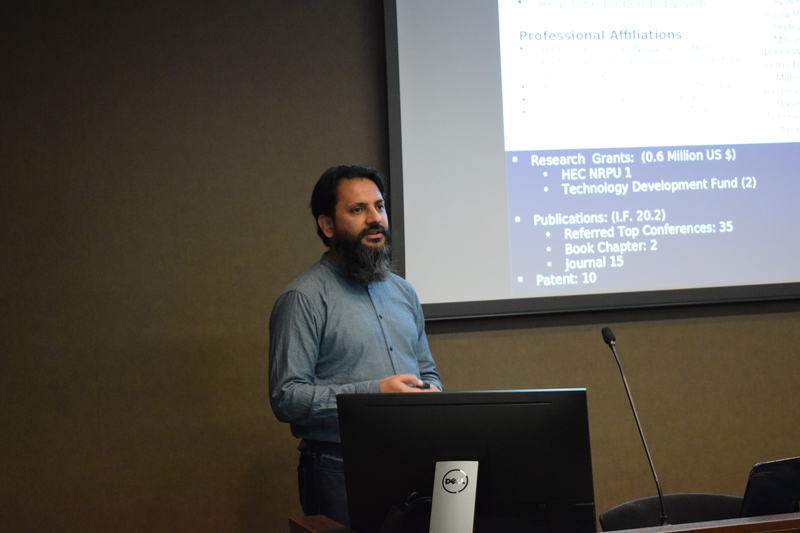Objectives
To access the presentation, please click here
Abstract: The recent advances in the fields of artificial intelligence, machine learning and data analytics have led to a growing demand for compute resources such as increased processing power, faster memory and large storage. Conventionally, supercomputers have been used to meet these compute demands by allowing significant amount of data to be processed very quickly. Therefore, supercomputing is considered as a backbone in all fields of academia, research and industry today.In Pakistan, Affordability and the Ability to program a heterogeneous parallel platform is the major issue.
Conventionally, a supercomputer is a gigantic machine that requires a large portion of the building to house it and special arrangements to keep it cool. This centralized deployment increases the overall running and maintenance cost, typically to millions of dollars. Thus, affordability is a concern, especially in the context of Pakistan where many small to medium tech companies and University’s research groups cannot afford to own a supercomputer machine for their needs.
Ability to program: Running a conventional sequential program on parallel hardware requires a programmer to “think parallel”. This parallel programming becomes further difficult when the target hardware is heterogeneous in nature. Therefore, expressing sequential program for heterogeneous parallel platform becomes a daunting task for a conventional programmer.
We propose to develop a decentralized Scalable Supercomputer. At the heart of our scalable solution is a low-cost compute node, which we call as “super-cluster”. This super-cluster uses heterogeneous processing cores including Central Processing Unit (CPU), Graphical Processing Unit (GPU) and Field Programmable Gate Arrays (FPGA).These super-cluster nodes can be combined together to form a mini-supercomputer and several of these mini-computers can be further combined to form a supercomputer. Thus, offering a high-performance computing platform which scales with the processing needs and financial budget. The propose scalable supercomputer targeting differetn application such as Human Computer Interface (ECG, EEG, EMG signal processing), Software Defined Radio, Medical Computer Vision and Simulation and Modeling.
 Short bio: Tassadaq Hussain received MSc (Electronics) degree in 2009 from the Institut Supérieur d’Electronique de Paris France. During his Master, he worked for Infineon Technology digital design department South France. During the stay at Infineon, he worked over Ultra-low Cost Mobile Base Band Chips. From September-2009 to December-2014, he pursued his Ph.D. degree in computer architectures from the Universitat Politècnica de Catalunya (UPC) in collaboration with Barcelona Supercomputing Center and Microsoft Research Center (BSCMSRC).
Short bio: Tassadaq Hussain received MSc (Electronics) degree in 2009 from the Institut Supérieur d’Electronique de Paris France. During his Master, he worked for Infineon Technology digital design department South France. During the stay at Infineon, he worked over Ultra-low Cost Mobile Base Band Chips. From September-2009 to December-2014, he pursued his Ph.D. degree in computer architectures from the Universitat Politècnica de Catalunya (UPC) in collaboration with Barcelona Supercomputing Center and Microsoft Research Center (BSCMSRC).
Tassadaq is working as an Associate Professor in Riphah International University Islamabad and serving UCERD Pvt Ltd Islamabad as Research Director. Tassadaq has more than 40 publications in venues including IEEE, ACM and International Journals. He has more than 14 years of Industrial Experience and 5 years of teaching experience. He has won 5 funding of worth more than .6 Million US Dollars.
Tassadaq's main research lines are Machine Learning, Parallel Programming, Heterogeneous Multi-core Architectures, Single Board Computers, Embedded Computer Vision, Biomedical Signal and Image Processing, Runtime Resource Aware Architectures, Software Defined Radio and Supercomputing for Artificial Intelligence and Scientific Computing.

